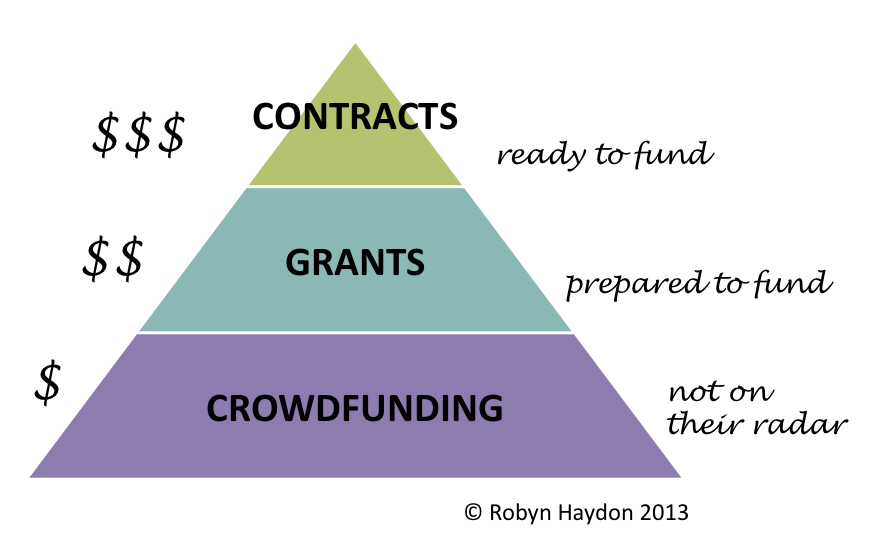In contract retention projects, the stakes are very high. Often there are millions of dollars and many peoples’ livelihoods on the line. My specialty is working on critical bids for contracts that are strategically important to the growth or stability of the clients I work with. This means I often work on retention projects with incumbent suppliers who are seeking to retain their biggest clients. In one extreme case, I was asked to work with a new client on a tender that represented 100% of their business. No pressure, then!
In my experience, there are many traps for incumbents, not the least of which involves working with a lot of nervous people who are relying on you. So if you already have the business, and need to retain it, here’s what to do.
- Sit down with everyone in your organisation that interacts with the customer and ask them a very simple question – ‘If it were in your power to improve only one thing about (customer’s) business, what would it be’? Really LISTEN to the people at the coal face. They are your eyes and ears on the ground and they usually have the best ideas about what the customer really wants. They will also know which of your competitors is talking to them– and the ideas the customer is listening to.
- Approach the proposal like it’s your very first pitch to the customer. Incumbents get unseated because they lose the fire and the passion for the business. Prove to them that you’ve still got it.
- Use your proposal to paint a picture of the future, not to talk about the past. Relying on past successes is a classic mistake that loses business for even the most worthy suppliers. When leading an incumbency pitch, your job is to get the customer excited about why they should sign with you for the next three years and beyond – not tell them what you’ve done for them for the past three years (or thirty).
- Spell out the risks of losing your know-how, your proprietary systems, your people - whatever it takes to make them think long and hard about what it will really mean if they go elsewhere.


